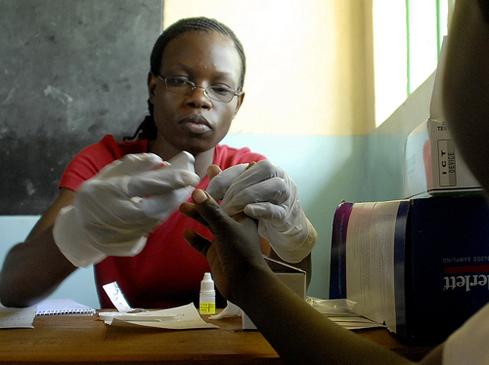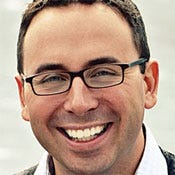Health IT: How Developing Markets Can Trump US
With the US market hostile to health IT innovation today, entrepreneurs should look to the developing world for markets and opportunities.

health IT development. The Indian government recently approved legislation that requires large companies doing business there to contribute 2% of net profit to development work. That's an estimated $1 billion in seed money to innovate in healthcare and related areas of a population's health, including poverty, hunger, sanitation, and education improvements. And with shortages of qualified doctors and nurses relative to the number of patients in need of healthcare, developing nations will look to technology to help stretch their available manpower.
Talent: Talent is the lifeblood of technical innovation. Nations such as India, China, and the Philippines offer a deep pool of affordable technical talent that can be a boon to health IT entrepreneurs. And potential candidates may be drawn to the chance to develop software that improves the health of their fellow countrymen. In addition, there's now a generation of high-tech workers in the US from developing nations via our H-1B work program. These skilled workers could serve as cultural ambassadors, leading teams of developers either locally or remotely in the creation of health IT products.
Infrastructure: Besides the cultural hurdles, the most glaring deterrent to development in emerging markets is technical infrastructure. Developing nations are less likely to be able to afford the standard array of highly networked, specialized servers powering EMRs and IT-enabled devices commonly found in US hospitals. Fortunately, advances in technology imply that they no longer need to. In fact, this can be to the advantage of the developing nation.
Many of the underlying medical record technologies in use in the US are outdated, needlessly expensive, and in many cases technologically inferior thanks to the advances of the past decade. This includes the dominant EMR vendors benefitting from the HITECH Act, in my opinion, since most rely on decades-old architectures and data models. In contrast, developing nations and entrepreneurs can leapfrog legacy systems to capitalize on mobile networks and devices, cloud-based storage, modular "app" design, and the creation of workflows optimized for efficiency versus billing reimbursement and bureaucracy.
And recent history is not without examples of entire societies benefitting from the lack of legacy infrastructure enjoyed by "developed" nations. In 1991, when the tiny Baltic nation of Estonia broke from the USSR, it faced a chronic lack of infrastructure, limited resources, and a relatively small workforce. So Estonia built from scratch. Two decades ago, half the population didn't have phone lines. Today Estonian doctors only order prescriptions electronically, more than 94% of tax returns are completed electronically, and citizens can vote on their laptops.
Ready or not
If the developing world is such an attractive place to innovate, why aren't we seeing more innovation occurring in these nations? Actually, we are. And if the US isn't careful, we may find ourselves lagging behind.
Indian engineer Kanav Kahol developed the Swasthya Slate (swasthya = health), a tablet that connects to diagnostic devices via Bluetooth. It currently can be used to conduct 33 diagnostic tests, including blood pressure, ECG, syphilis, HIV, hepatitis, malaria, dengue, urine protein, and pregnancy. Data collected by the Slate is communicated via 3G to a central location, where it can be accessed by government public health officials, as well as clinicians with an Internet connection. It features a solar panel to overcome situations in which electricity is hard to come by. The Slate costs $640, and diagnostic tests conducted via the Slate cost a fraction of what they would in a pathology lab. This is just one of a growing number of examples of Indian healthcare facilitated via mobile devices that capitalize on low-cost, highly scalable cloud-based architectures.
I do not doubt that American entrepreneurs and engineers have already developed most if not all of the Swasthya Slate's functionality. However, unlike their American counterparts, the Swasthya Slate team can claim to be up and running in 13 states thanks to the mutual support of government, volunteer public health organizations, and industry. It's that type of support that can differentiate lab-based prototypes from world-changing innovations.
If the world wasn't changing, we might continue to view IT purely as a service organization, and ITSM might be the most important focus for IT leaders. But it's not, it isn't and it won't be -- at least not in its present form. Get the Research: Beyond IT Service Management report today (free registration required).
About the Author(s)
You May Also Like







